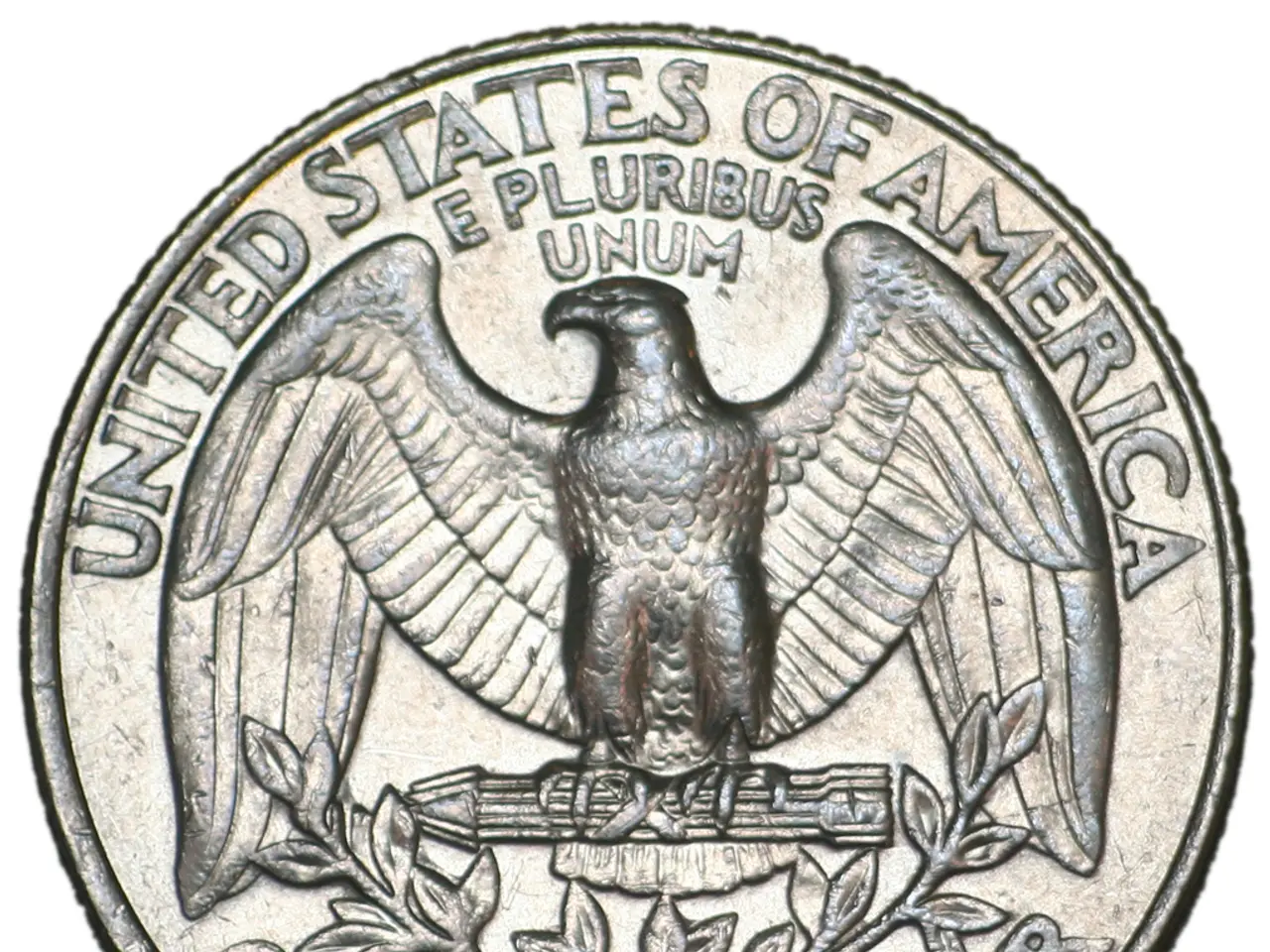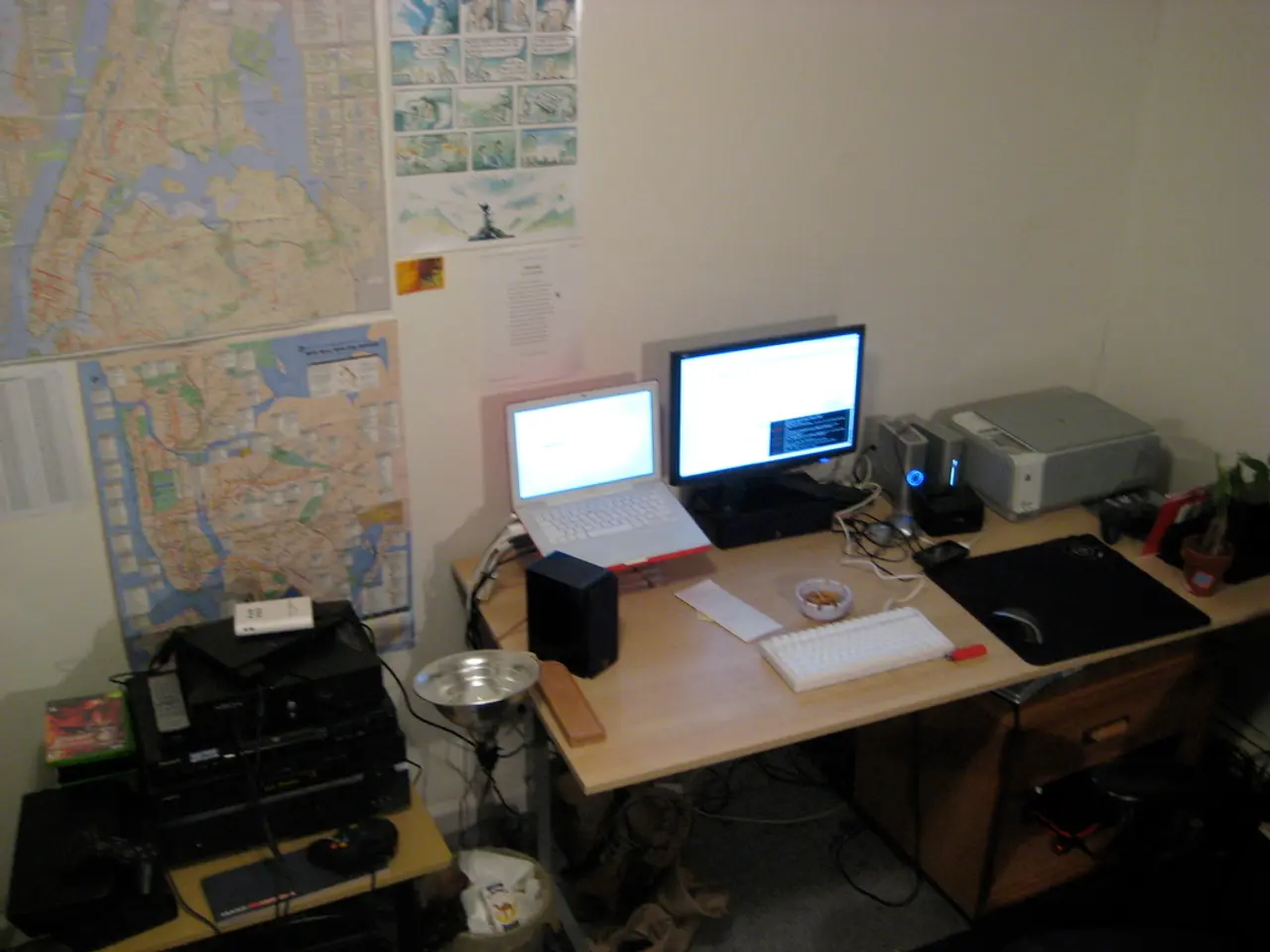Skyrocketing Expenses: Billions Poured into Germany's Neglected Railway Network, but Things Aren't Moving
Cost Analysis Reveals Expensive Price Tag for Building the Nation's Rail Network, Totaling Billions of Dollars from the State
Germany's outdated railway network is getting a substantial financial boost from the federal government—yet all it seems to be doing is pushing up prices for the construction and railway industry. A researcher suspects that the industry has been padding its profits and raking in quite the chunk of public money, as reported by the "Tagesspiegel."
In recent years, the additional billions provided to the railway by the government have failed to expedite the renovation of the railway network. Instead, they have mostly lined the pockets of the construction and railway sector. This conclusion comes from a study by the Ifo Institute and railway expert Felix Berschin. With the railway seeking a whopping €148 billion from the federal government's infrastructure special fund, accounting for about three-quarters of the total sum, these inflated costs are truly staggering.
The study investigated primary investments in tracks, switches, bridges, and overhead lines between 2006 and 2024 using the railway's accountability reports. The findings? Although the amount installed has increased by a mere 21 percent between 2011 and 2024, the federal government and the DB InfraGO subsidiary have more than quadrupled their investments over the same period.
"Railway construction prices have nearly doubled compared to road construction," Berschin remarked to the "Tagesspiegel." A comparison with corresponding construction price indices backs up this claim. The dramatic increase in costs cannot be attributed to the post-corona inflation or the Ukraine war.
Berschin finds it intriguing that the construction of new signaling technology and bridges became significantly more expensive as early as 2018. It was around this time that the government began pouring more money into the railway thanks to the intense climate debate. Prior to 2018, railway construction prices had only increased by 25 percent compared to 2010. Berschin proposes that the railway and construction industry have exploited the higher state investments to boost their margins, particularly in the signaling technology sector where only two major providers—Siemens and Hitachi—operate in Germany.
Keywords:- German Railway- Infrastructure Investments- Siemens- Hitachi- Construction Industry
Additional Insights:- The escalating costs in railway construction might be attributed to increased complexity and stringent safety regulations, rising material and labor costs, environmental and sustainability concerns, changes in government policies, or the adoption of advanced technologies. To fully understand the factors contributing to the price hike in this specific case, consulting the original study or related publications directly is advisable.
- To address the rising costs in the German railway sector, it might be beneficial to implement a community policy that monitors vocational training programs for construction workers, ensuring they possess the necessary skills to work efficiently, thereby reducing costs.
- In light of the increasing investments in Germany's railway network, exploring partnerships with industries, finance, and businesses might enable the procurement of vocational training programs to improve the quality of work while minimizing expenses.






